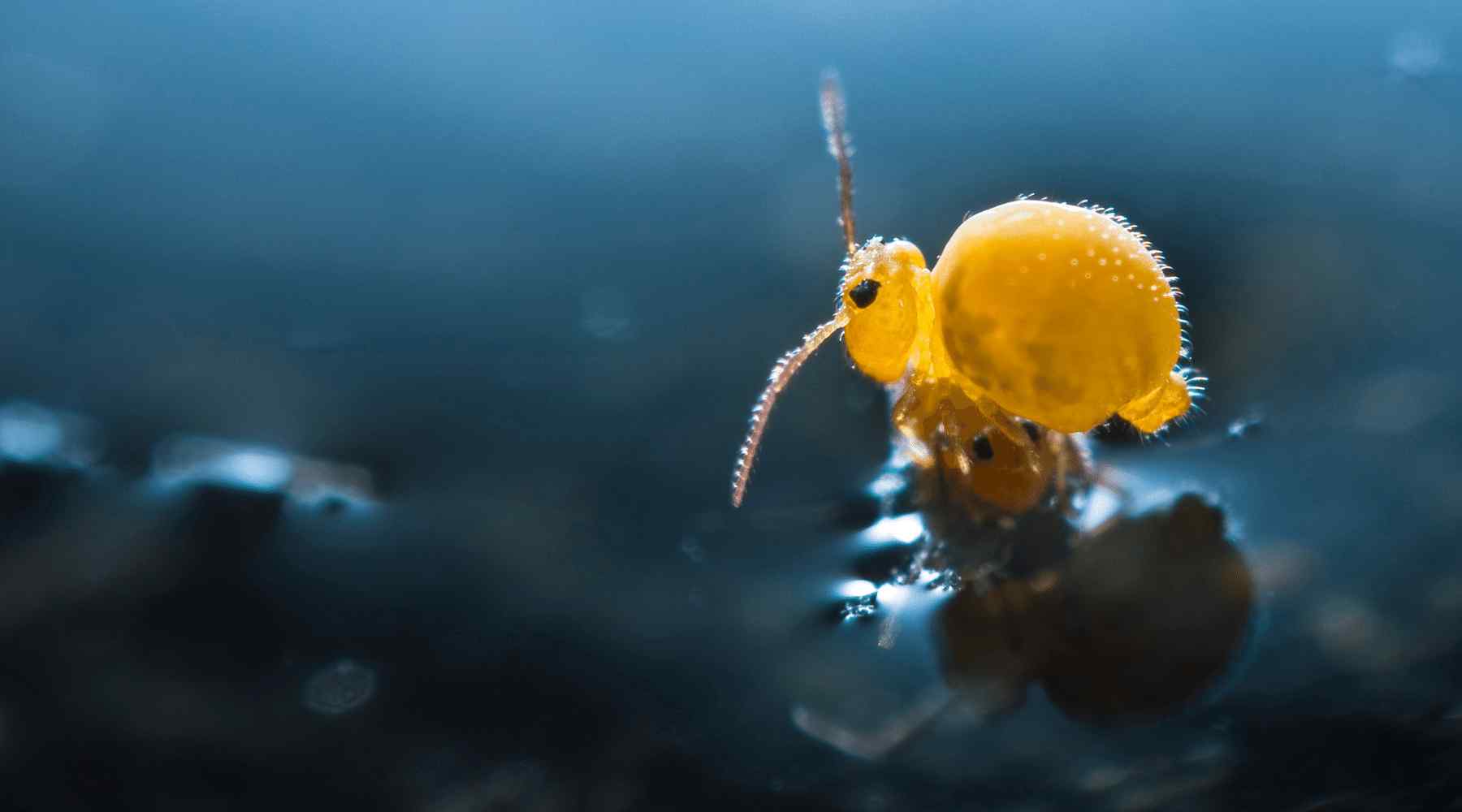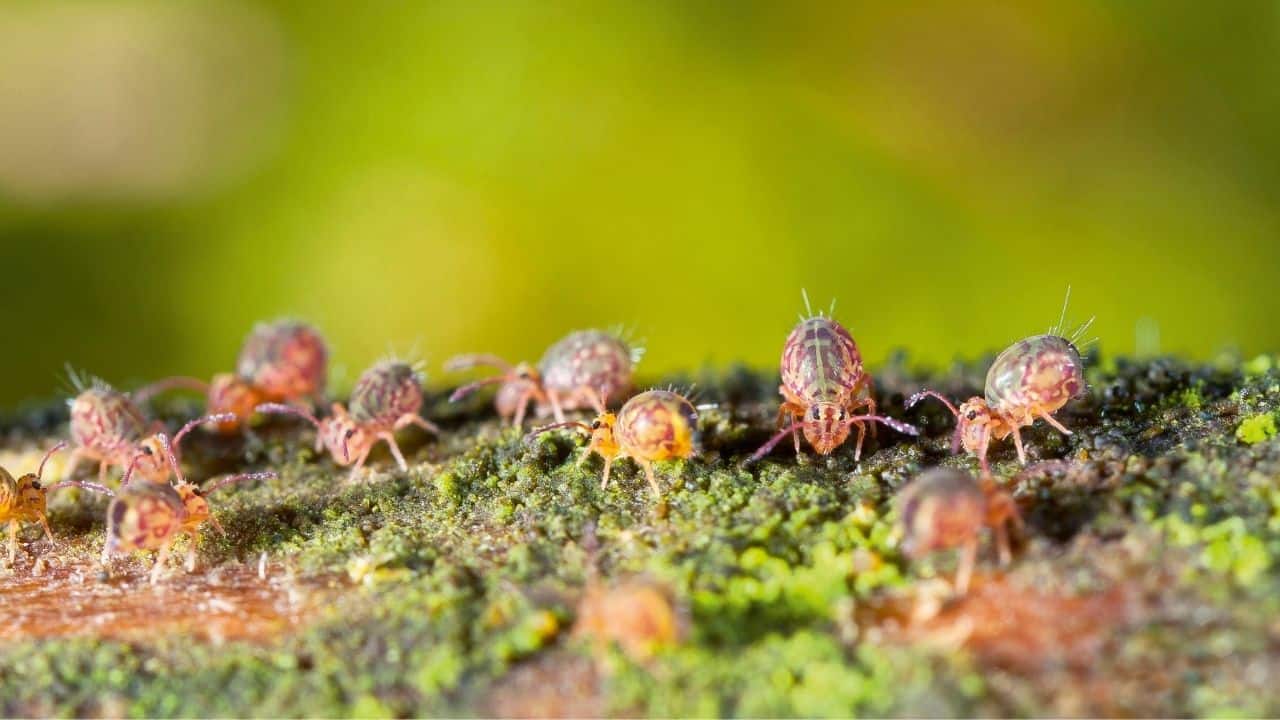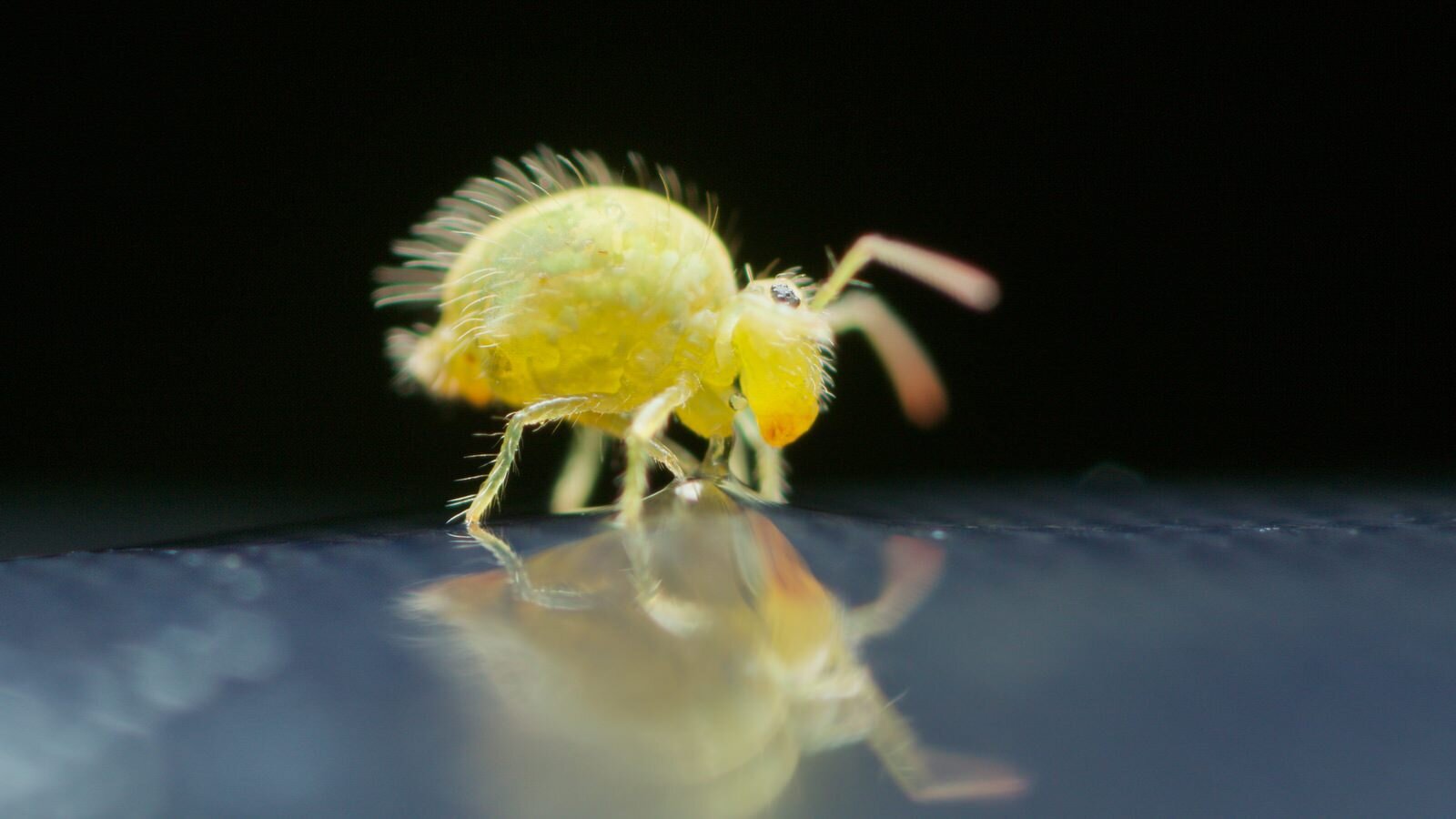Springtails are tiny, soft-bodied insects that can be beneficial to your garden and ecosystem. They feed on mold, fungi, bacteria, and decaying plant matter, breaking it down into nutrients that other plants and animals need to survive. Springtails also help aerate the soil by burrowing through it in search of food.
In addition to helping keep the soil healthy and well aerated, they also act as natural pest control by consuming smaller pests such as aphids or mites. The presence of springtails in your garden will create a balanced environment where more desirable species can thrive.
1. What Are Springtails?
Springtails are small, wingless insects that are often seen in gardens and soil. These tiny creatures play an important role in the health of our gardens and ecosystems. They feed on decomposing organic matter, such as dead leaves and decaying plants, which helps to break down these materials into nutrients for other organisms.
Springtails also help aerate the soil by burrowing through it and creating air pockets that allow water to reach plant roots more easily. This can improve drainage while encouraging healthy root growth. In addition, they reduce populations of harmful pests by preying on them or competing with them for food sources and habitat space.
Their presence can help to promote biodiversity within a garden ecosystem; increasing the number of beneficial species present is key to maintaining a healthy balance between predator/prey relationships among all inhabitants of the environment
2. How Do Springtails Benefit Your Garden and Ecosystem?

Springtails are small, wingless insects that can be found in a variety of habitats, including gardens. They play an important role in the garden and ecosystem as they feed on decaying matter, aerate the soil, and help to control pests. Springtails can also provide food for birds and other animals.
By breaking down dead plant material into nutrients that plants need to grow healthy roots, springtails help create rich soils with good structure and drainage. In addition, their presence helps improve soil fertility by releasing nitrogen into the environment which is beneficial for plant growth.
They also act as predators of pest species such as aphids which helps keep your garden free from damaging pests. Finally, springtails release enzymes that break down organic material like compost piles making it easier for plants to access essential nutrients from the decomposing material. All these benefits make them an essential part of any thriving garden or ecosystem!
3. The Nutritional Benefits of Springtails
Springtails are small, beneficial insects that can be found in gardens and throughout the ecosystem. They feed on decaying plant material and help to break down organic matter which helps to maintain healthy soil. In addition, springtails provide many nutritional benefits for your garden and the surrounding environment.
These tiny insects contain high levels of protein, calcium, phosphorus, iron, magnesium, and other essential minerals which can be beneficial for plants as well as animals such as birds or other wildlife that may wander through your yard.
Springtails also act as natural predators of harmful pests like aphids or fungus gnats which can damage vegetables or flowers if left unchecked. By introducing springtails into your garden you will not only benefit from their nutrient-rich diet but also create an overall healthier ecosystem in your yard.
4. Ways to Incorporate Springtails into Your Garden Ecosystem

Springtails are a beneficial insect that can help to maintain the balance in your garden’s ecosystem. These tiny, wingless insects play an important role in breaking down organic matter and aerating soil. They also help to control pests by preying on other small insects like aphids and mites. By incorporating springtails into your garden, you will create a healthy environment for plants and wildlife alike.
Here are four ways to incorporate springtails into your garden ecosystem:
- 1. Provide Habitat: Springtail populations require moist habitats with plenty of organic material such as compost or mulch for them to thrive in. By creating a space where they feel comfortable living, you can ensure that the population remains strong enough to keep the pest population under control without needing any additional intervention from you.
- 2. Use Natural Predators: As mentioned above, springtails eat other small pests like aphids and mites which makes them ideal predators when it comes to keeping these types of pests under control naturally. Introducing ladybugs or spiders into your garden is a great way to provide natural predators for springtails so that their numbers remain balanced within the ecosystem of your garden over time.
- 3. Add Nutrients To The Soil: Springtail activity helps break down organic matter which releases valuable nutrients back into the soil giving plants the extra nutrition they need while helping reduce compaction issues caused by heavy soils due to their ability to tunnel through dirt particles more easily than some larger organisms would be able too.
- 4. Plant Cover Crops: Planting cover crops is another great way of introducing new sources of food for springtails while increasing biodiversity within the area at large; This type of planting provides food sources not only for beneficial invertebrates but also birds who may use this habitat as well. Additionally, cover crops have been known to improve water retention levels within areas making them better suited for many forms of life including both flora and fauna alike.
5. Tips for Managing a Healthy Population of Springtails in the Garden
Springtails are small, wingless insects that can be beneficial to your garden and ecosystem. They feed on decaying organic matter such as fungi and bacteria, helping to break down dead plants or leaves and providing nutrients for the soil. Springtails also help control plant pests by eating their eggs or larvae.
Additionally, they act as pollinators by transferring pollen from one flower to another. By keeping a healthy population of springtails in your garden you can ensure that these beneficial services are provided continuously.
There are several tips for managing a healthy population of springtails in the garden including creating an environment with plenty of moisture, adding organic material like compost or mulch to create habitat areas where they can live and breed, providing food sources such as decaying vegetation or fungus, avoiding chemical pesticides which may kill them off completely and planting flowers with open centers which will attract pollinating species like bees & butterflies that could bring more springtail populations into the area.
With proper care and maintenance, you should have no problem maintaining a thriving colony of helpful springtails in your garden! Springtail bites are rare and usually not harmful to humans as springtails do not possess venom or transmit diseases.
Conclusion

The conclusion of the essay on how springtails can benefit your garden and ecosystem is an essential part. Springtails are important for a variety of reasons, including their ability to improve soil quality, create healthier gardens, help with pest control, and provide food sources for other organisms.
When they are integrated into existing ecosystems, they can bring balance to the environment while providing a number of benefits that go beyond what traditional gardening techniques offer.
By understanding how these tiny creatures impact our own gardens and ecosystems as a whole, we can make informed decisions about which species to add or reduce in order to promote healthy environments in our yards and across the world.


